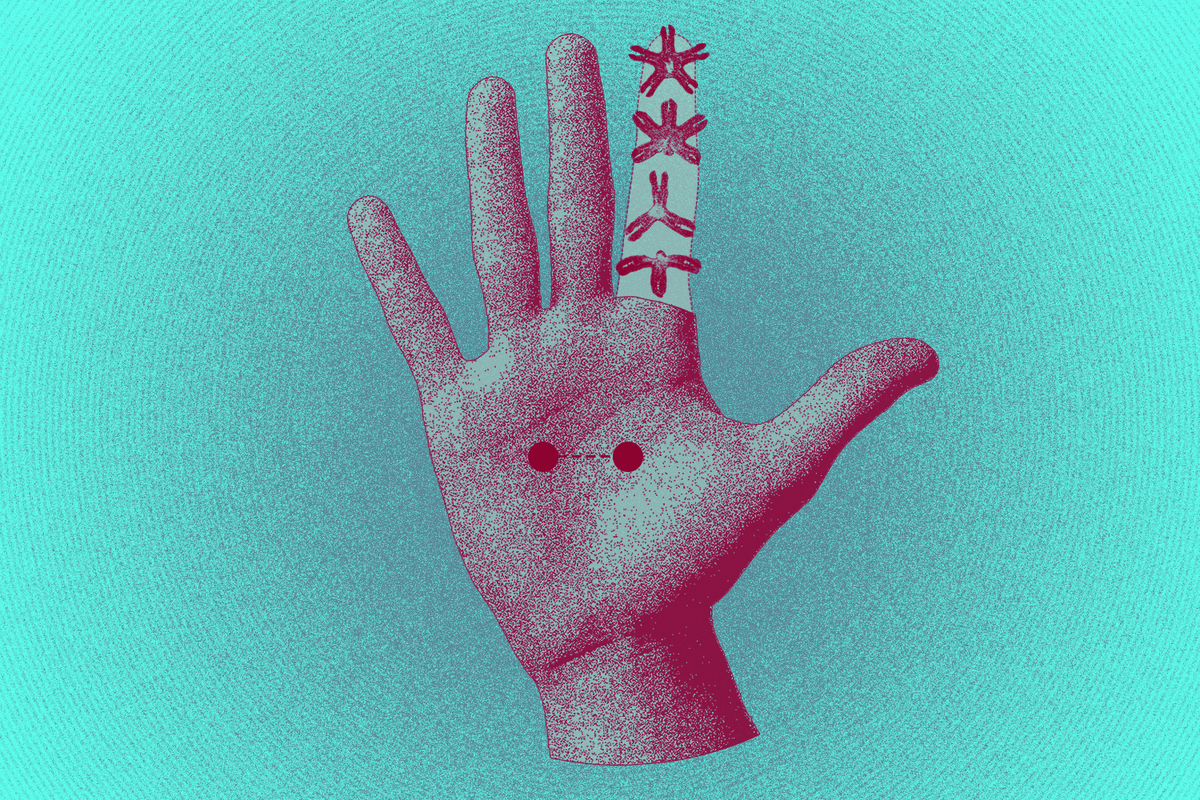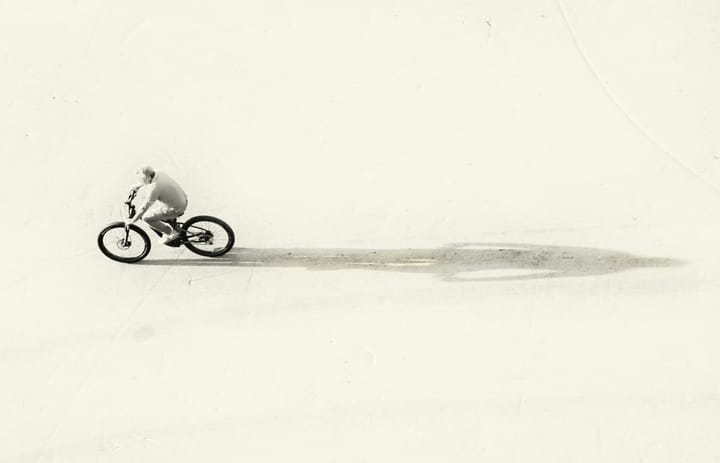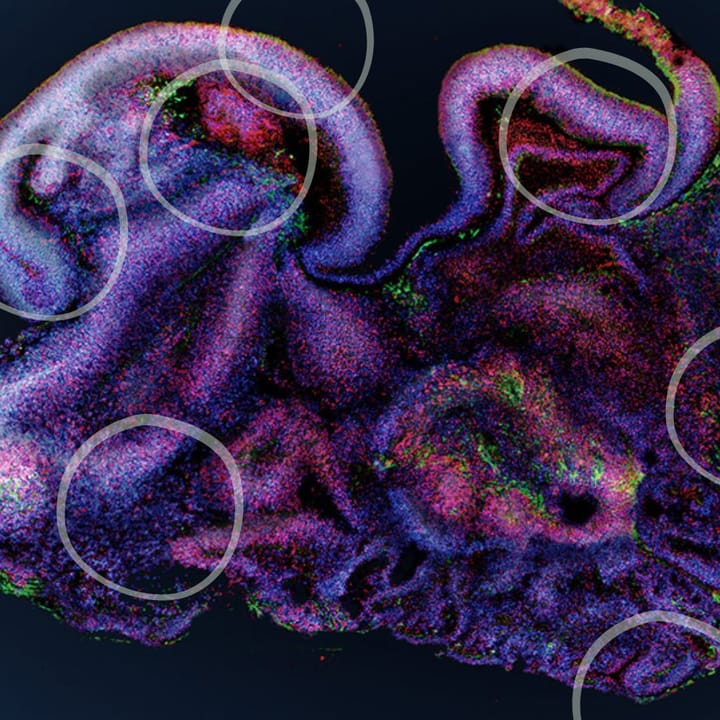A new study by researchers at Caltech has found that appendage regeneration in animals can be promoted by feeding them a mixture of amino acids and insulin or sucrose. This begs the question: is there a limit to our regenerative capabilities? By Kai Mason
Have you ever gotten on the wrong side of the knife whilst chopping onions? If you have then you will be familiar with the circus of pain and blood that ensues. However, of course, over time the wound will inevitably heal. Your body’s regenerative mechanisms will kick in almost instantly and after a week or two there is no evidence of the accident. However, if you were unfortunate enough to lose an entire finger, a hand, or even an arm, you would probably have to adapt to a life with one fewer body part. But have you ever wondered why? After all, if your entire body managed to grow into the complex organism that it is from little more than two cells, why can’t it do it again?
The fascinating field of regenerative medicine is built upon two main theories, one is that regeneration is an evolved trait of specific organs and the other is that regenerative capacities are inherent in all organisms, but are not always expressed [1,2]. The main difference is that the former predicts only animals with specifically evolved mechanisms will exhibit regeneration, whereas the latter predicts it is possible to induce regrowth in species that do not typically regenerate. A new study testing these theories has recently been conducted by Lea Goentoro’s lab at Caltech [3].
In a previous study of moon jellyfish, Goentoro’s team observed that following appendage removal, the jellyfish quickly reorient their remaining appendages into a symmetrical arrangement, an adaptation that appears to be crucial for their survival [4]. Noticing that in a few jellyfish, there was regrowth of a small bud at the amputation site, they sought to find the conditions under which the octopi could regenerate further. After tweaking physiological, physical and environmental variables, three factors were found to strongly promote regeneration in the jellyfish: sufficient nutrients (specifically, high amounts of the amino acid leucine), increased levels of insulin and hypoxia (lack of oxygen) [3].
Insulin and leucine were selected as independent variables for the study, and were added to the diet of fruit flies and house mice. Fruit flies were amputated across the tibia and separated into a control and experimental group; they were photographed after amputation and then one to three more times over two to four weeks. The control group (116 flies) showed a mean decrease in tibia length of 0.3%, which was expected since flies do not typically exhibit regeneration. Impressively, 49% of the experimental group (150 flies) showed significant regrowth, albeit variant across the flies [3]. Some even developed a segment with a tibial/tarsal joint and the beginning of the next segment of a leg.
House mice, like humans, can regenerate the tips of digits, but not more. A good reference point for comparison between rats is the nail. For this reason, Goentoro’s team executed amputations near the visible nail, below the known regenerative region. Digits two and four of the hindpaw were amputated, leaving a third digit as an internal control. The mice were split into a control group that were fed normal water and an experimental group that were fed water containing additional leucine and sucrose (sucrose was used instead of insulin because insulin is digested in the mammalian gut). After observation for 7-8 weeks, as expected, no regeneration was seen in the control group and the wounds healed. In contrast, 18.8% of the experimental group showed significant regeneration, with one growth showing almost complete regrowth of the digit and nail [3].
So, what does this all mean? This work demonstrates that appendage regeneration is possible in three species which do not typically regenerate, including the most extensive mammalian digit regrowth ever seen. This supports the hypothesis that regeneration has not evolved for specific organs, but can be encouraged under the right conditions. So, is it possible that in a few years a trip to the local A&E and a course of dietary supplements will be enough for us to regrow lost fingers and toes? Unlikely. Before anything remotely resembling a regenerative treatment for humans can be established, years of optimisation, experiments and clinical trials would be imperative, and this work is a step in the right direction.
References
1. Morgan TH. Regeneration: By Thomas Hunt Morgan. 1901.
2. Polezhaev LV. Loss and Restoration of Regenerative Capacity in Tissues and Organs of Animals. Harvard University Press; 1972.
3. Abrams MJ, Tan FH, Li Y, Basinger T, Heithe ML, Sarma A, et al. A conserved strategy for inducing appendage regeneration in moon jellyfish, Drosophila, and mice. eLife. 2021 Dec 7;10.
4. Abrams MJ, Basinger T, Yuan W, Guo C-L, Goentoro L. Self-repairing symmetry in jellyfish through mechanically driven reorganization. Proceedings of the National Academy of Sciences. 2015 Jun 15;112(26).





